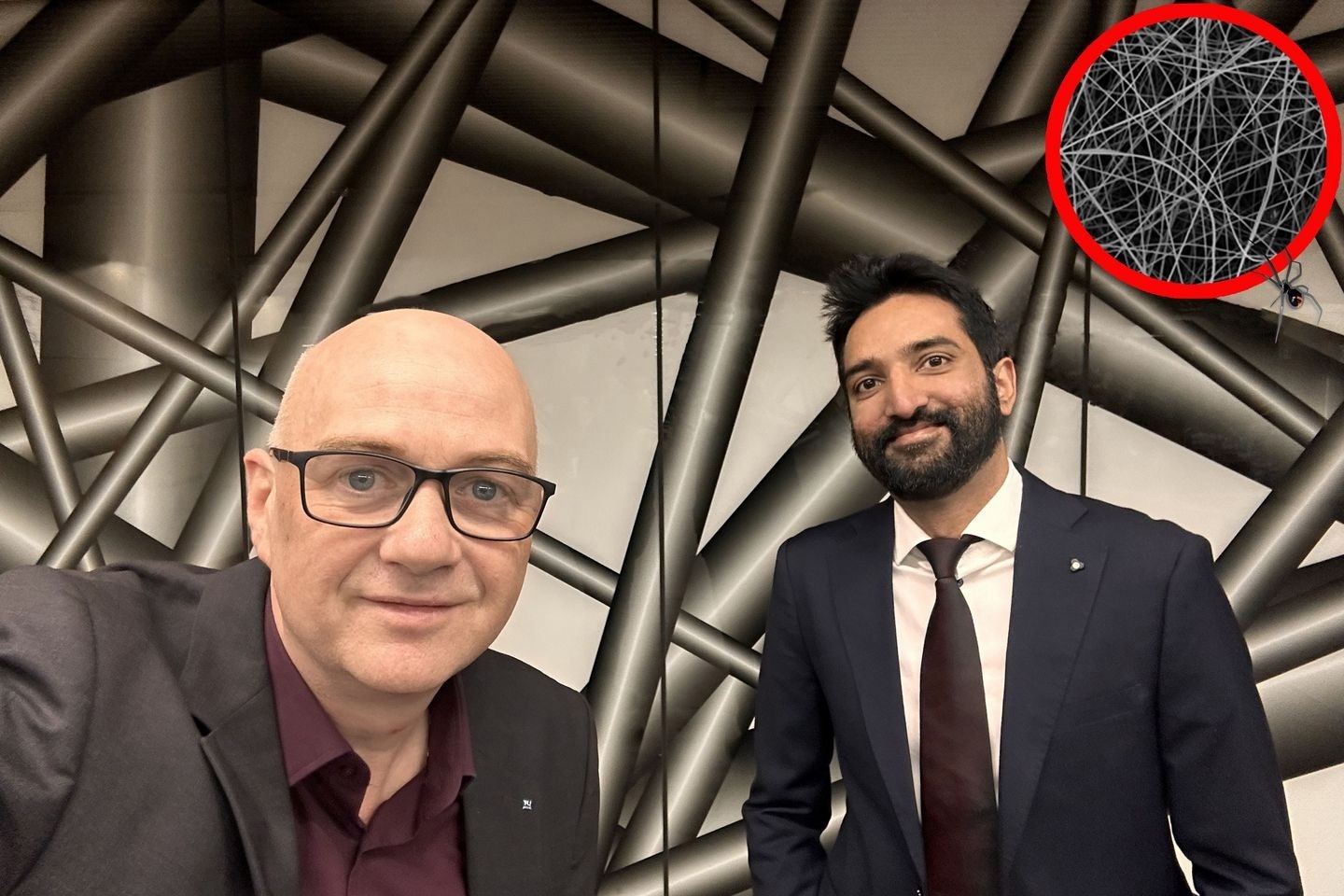In a recent study published in the journal Small Science, researchers from TU Wien discovered a unique way to purify water from waste cellulose.

Although it may seem strange, waste can be used to purify water. However, this is precisely what has been accomplished at TU Wien: A unique nanostructure has been created to filter a common class of dangerous dyes from water.
A vital element involves repurposing waste material, such as used cellulose, from cleaning cloths or paper cups. This cellulose is then employed to coat a fine nano-fabric, resulting in an effective filter for purifying contaminated water.
Colored Poison in the Water
Most synthetic dyes, including so-called azo compounds, are classified as organic dyes. Even in nations where environmental protection is not given much thought, they are widely used in the textile industry, and the dyes frequently wind up in unfiltered wastewater.
This is dangerous because such dyes degrade very slowly, they can remain in the water for a long time and pose great danger to humans and nature.
Günther Rupprechter, Professor, Institute of Materials Chemistry, Vienna University of Technology
A variety of substances can bind these dyes. But it is insufficient on its own.
Günther Rupprechter said, “If you simply let the polluted water flow over a filter film that can bind dyes, the cleaning effect is low, it is much better to create a nano fabric out of lots of tiny fibers and let the water seep through.”
This exposes a much greater surface area to the water, increasing the number of organic dye molecules that can be bound.
Cellulose Waste as a Nano-Filter
We are working with semi-crystalline nanocellulose, which can be produced from waste material, metal-containing substances are often used for similar purposes. Our material, on the other hand, is completely harmless to the environment, and we can also produce it by upcycling waste paper.
Qaisar Maqbool, Study First Author and Postdoc, Institute of Materials Chemistry, Vienna University of Technology
This nanocellulose is “spun” with the plastic polyacrylonitrile to create nanostructures. However, a great deal of technical skill is needed for this. The TU Wien team achieved success using a technique known as electrospinning. This procedure involves spraying the material in liquid form, charging the droplets with electricity, and sending them through an electric field.
Günther Rupprechter said, “This ensures that the liquid forms extremely fine threads with a diameter of 180 to 200 nanometers during curing.”
Together, these strands create a fine tissue known as a “nanoweb” with a large surface area. 1 cm2 can hold a network of threads with a surface area of more than 10 cm2.
Successful Tests
The tests with these cellulose-coated nanostructures were very successful: 95% of the dye was removed in three cycles of purifying water contaminated with violet dye.
Günther Rupprechter explained, “The dyes remain stored in the nanoweb. You can then either dispose of the entire web or regenerate it, dissolve the stored dyes, and reuse the filter fabric.”
However, additional tasks remain, including evaluating the mechanical properties of the advanced nanowebs, conducting biocompatibility tests, assessing sensitivity to more intricate pollutants, and achieving scalability to meet industrial-grade standards. Rupprechter and his research group now wish to look into the possibilities of applying this dye filter technology to other fields.
Rupprechter believed, “This technology could also be very interesting for the medical field, dialysis, for example, also needs filtering out very specific chemical substances from a liquid.”
These kinds of applications could benefit from coated nanofabrics.
Journal Reference:
Maqbool, Q., et al. (2024) Waste‐Valorized Nanowebs for Crystal Violet Removal from Water. Small Science. doi.org/10.1002/smsc.202300286
Source: https://www.tuwien.at/en/